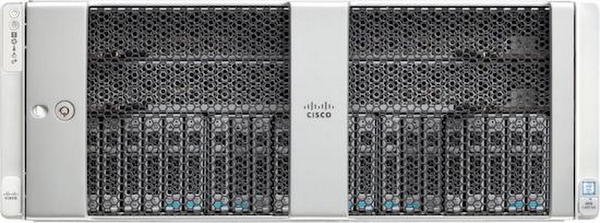Simplifying machine learning on open hybrid clouds with Kubeflow
Kirat Pandya
Hybrid ML Technical Lead, Google Cloud
Traditional machine learning (ML) deployments are complicated, and moving a model and its associated dependencies from a developer’s laptop to a cloud cluster is usually an involved process. Last year, we released Kubeflow, an open-source project to make it easier to use machine learning software stacks like TensorFlow, Scikit-Learn, and others, all on Kubernetes. The Kubeflow framework ties infrastructure and machine learning solutions together, and since the launch, has earned almost 3,000 stars on its GitHub repository.
With a growing customer demand for ML solutions, we’ve been working closely with partners to bring comprehensively tested and supported offerings for the open hybrid cloud—ones that can run on-premises or in the cloud.
Cisco and Google Cloud have been working on an open hybrid cloud architecture to help customers maximize their investments across cloud and on-premises environments. Continuing this commitment, Cisco announced that the Unified Computing System (UCS) and HyperFlex platforms will leverage Kubeflow to provide production-grade on-premise infrastructure to run AI/ML jobs.




Kubeflow will be the underlying deployment infrastructure for these Cisco platforms, which handle non-trivial and tedious tasks such as driver versioning, Kubernetes bringup, and Kubeflow setup, so that customers can focus on machine learning rather than managing infrastructure.
This joint Cisco and Google solution brings Google’s leading machine learning capabilities and frameworks to the enterprise—providing businesses the ability to easily and quickly deploy AI or ML workloads in their own data center and reduce the time to insights.
—Kaustubh Das, Vice President of the Computing Systems Product Group at Cisco
We’re also working with the solution provider H2O.ai to bring H2O-3 and Driverless AI to Kubeflow, so it can run across open hybrid infrastructure. You can try H2O-3 on Kubeflow by following the instructions here.
We’re excited to be one of the early contributors to Kubeflow, which makes it easy for machine learning workloads to be easily scaled from on-prem to cloud. We continue to democratize AI for enterprises and with Kubeflow, continue on our mission to build a strong open source AI community.
—Vinod Iyengar, Director of Partnerships and Alliances at H2O.ai


